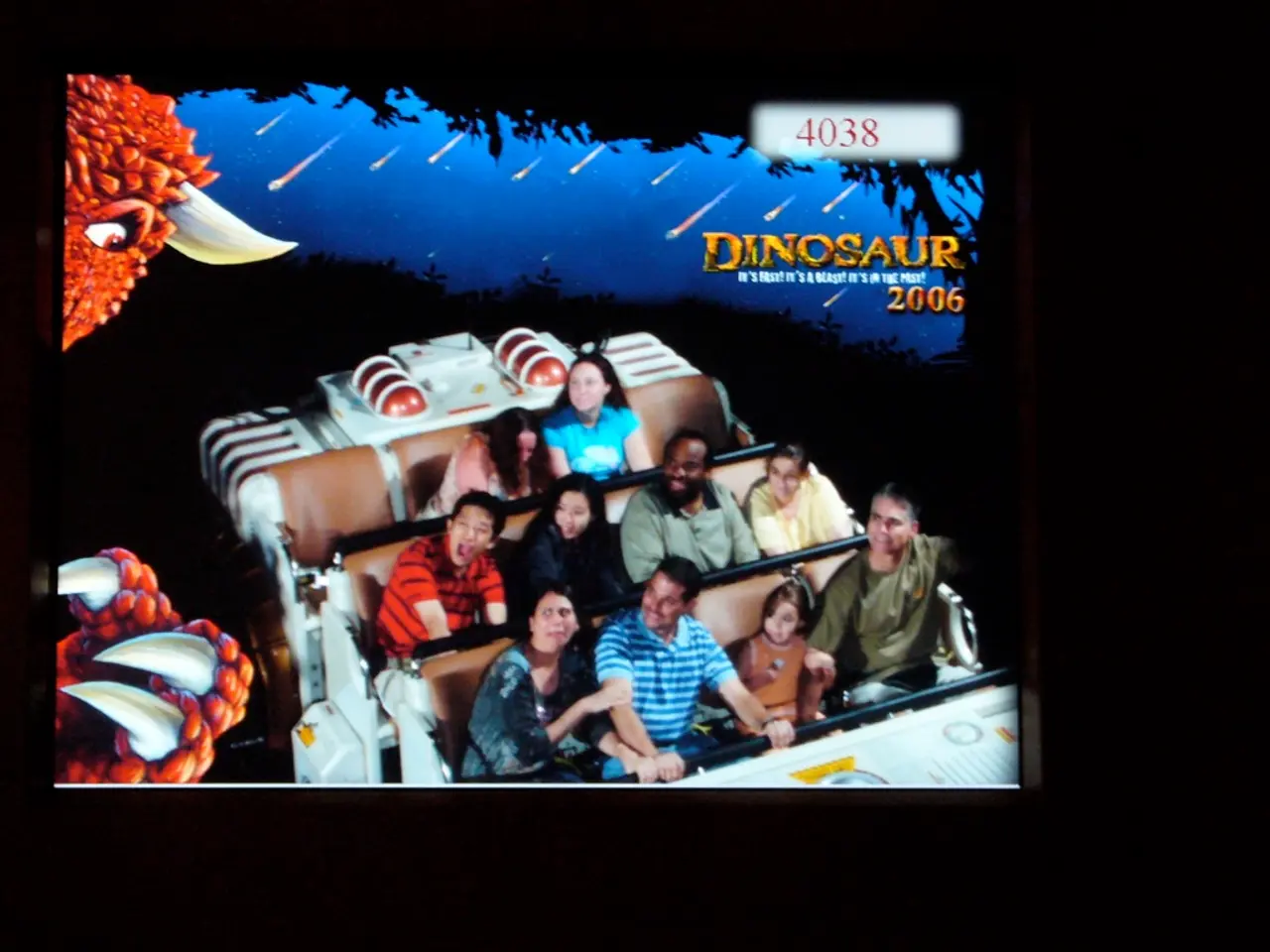Digital Zoos: Surge in Virtual Wildlife Interactions
In the modern world, digital technology is transforming the way we interact with wildlife, offering breathtaking experiences that transport us to the heart of the rainforests of Borneo to watch orangutans swing overhead [1]. However, this digital revolution isn't without its challenges.
Technical glitches, laggy streams, and low-resolution images can shatter the illusion and leave viewers frustrated, much like digital zoos [2]. But the potential benefits far outweigh these drawbacks. Augmented reality (AR) apps, for instance, let users project life-sized animals into their own spaces, allowing you to walk around a virtual elephant in your backyard [3].
Virtual tourism may reduce human impact on fragile ecosystems, limiting the risk of disease transmission or habitat disturbance [4]. The COVID-19 pandemic has accelerated this trend, with livestreams of penguin feedings, behind-the-scenes tours, and interactive Q&A sessions with zookeepers becoming popular [6]. Digital zoos offer all the thrills of wildlife encounters without the downsides of captivity, as animals remain in their natural environments [7].
Studies suggest that virtual interactions can inspire awe, empathy, and even behavior change. Children who "meet" polar bears in VR, for example, are more likely to care about climate change [8]. However, virtual encounters can't replicate the physical sensations of standing next to a wild animal, such as smells, sounds, and sheer presence [9].
Technology is becoming a vital tool for protecting the world's most vulnerable creatures by driving conservation efforts and leveling the playing field for high-quality science education [10]. Platforms like sharkPulse use AI to scan online photos and videos of sharks posted by everyday users to gather real-time ecological data, such as species identification, location, and population trends [4].
However, digital platforms also pose challenges. Sharing captivating animal content can promote empathy and strengthen social connections around conservation topics, but can also sensationalize or misrepresent wildlife encounters, fueling fear, misunderstandings, and human-wildlife conflicts [5]. For example, exaggerated or inaccurate online reports about animals can lead to local backlash against wildlife and hamper conservation efforts [3].
In summary, digital platforms facilitate transformative advances in wildlife conservation by harnessing global digital interactions into scientific data and public engagement. Careful management and fact-checking are needed to maximize positive conservation impacts and minimize harm to both animals and communities.
The classroom expands beyond walls and textbooks with virtual wildlife experiences, allowing students in urban areas to study animal behavior through live feeds and interactive lessons [11]. High-definition webcams, interactive livestreams, and immersive 3D simulations offer glimpses into animal habitats without disturbing the creatures [12]. AI-driven cameras in digital zoos can identify individual animals, track their movements, and interpret their behavior [12].
Not everyone has access to high-speed internet or the latest gadgets, creating a digital divide in digital zoos [13]. Zoos that embrace digital innovation may find themselves reaching larger audiences than ever before, including people who could never visit in person [14]. The rise of virtual zoos presents a double-edged sword for traditional wildlife institutions, offering new revenue streams but potentially threatening their financial stability [15]. The future of wildlife encounters lies in hybrid experiences that blend the best of both physical and digital worlds.
- Augmented reality (AR) technology, allowing users to interact with life-sized animals virtually in their own spaces, is part of the digital revolution in wildlife encounters.
- Technical issues in digital platforms, like glitches, laggy streams, and low-resolution images, can disrupt and disappoint viewers.
- Virtual encounters with wildlife, such as assemblies with polar bears in VR, may inspire empathy and activism towards climate change in children.
- Virtual tourism has potential benefits for the environment, as it can reduce human impact on fragile ecosystems.
- Sharing captivating animal content online can propel empathy and engagement around conservation topics, but can also inadvertently sensationalize, misrepresent wildlife, and stir fear or misunderstandings.
- Digital zoos, with their use of AR, offer wildlife viewings without the downsides of animal captivity, as animals remain in their natural environments.
- Platforms like sharkPulse use AI to gather real-time ecological data from online photos and videos of sharks, supporting conservation efforts in wildlife research.
- The use of technology in education extends beyond walls, with virtual wildlife experiences and 3D simulations offering urban students opportunities to study animal behavior through live feeds and interactive lessons.




